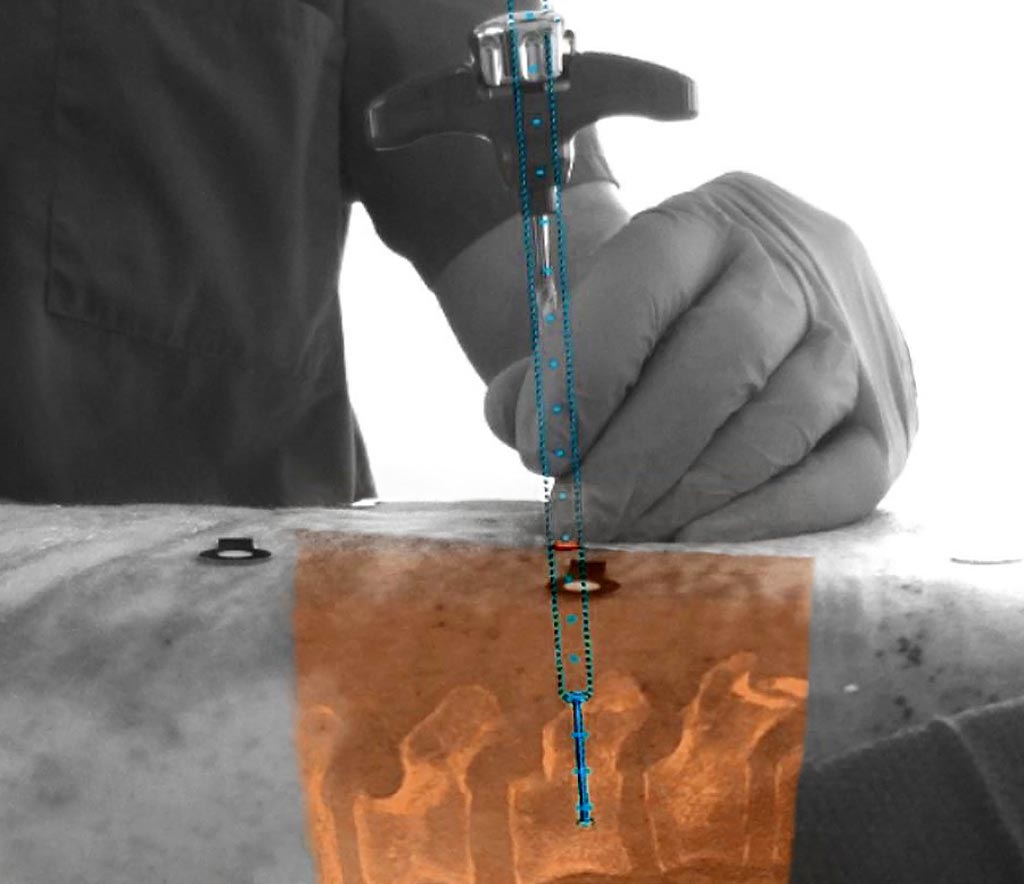First Surgical Navigation Technology for Hybrid OR Announced
By MedImaging International staff writers
Posted on 24 Jan 2017
A new augmented-reality surgical navigation technology intended for the image-guided minimally invasive surgery market has been announced.Posted on 24 Jan 2017
The technology combines 3D X-Ray imaging, with optical imaging, and gives surgeons an augmented-reality view of a patient during both minimally invasive, and open spine surgery.

Image: The new augmented-reality surgical navigation technology for spinal surgery (Photo courtesy of Royal Philips).
Royal Philips announced the development of the new technology that can be used for image-guided surgical procedures of the spine, cranium and complex trauma fractures.
The technology combines 3D images from the Philips low-dose X-Ray system with images from high-resolution optical cameras, and constructs a real-time 3D augmented-reality view of the patient’s anatomy. This 3D view of the inside and outside of the patient is intended to help surgeons improve procedure planning, facilitate tool navigation, improve the accuracy of implants, and reduce procedure times.
Philips will install the new technology for use in Philips hybrid operating rooms for ten of their clinical collaborators. The results of the first pre-clinical study of the technology, published in the November 2016 issue of the journal Spine, indicated that the new technology provided significantly improved overall accuracy compared to pedicle screw placement without the technology.
Business Leader, Image-Guided Therapy Systems at Philips, Ronald Tabaksblat, said, “This unique augmented-reality technology is an example of how we expand our capabilities with innovative solutions in growth areas such as spine, neuro and trauma surgery. By teaming up with clinical innovation leaders, we continue to find ways to convert open surgery to minimally-invasive treatment to reduce post-operative pain and expedite recovery.”














